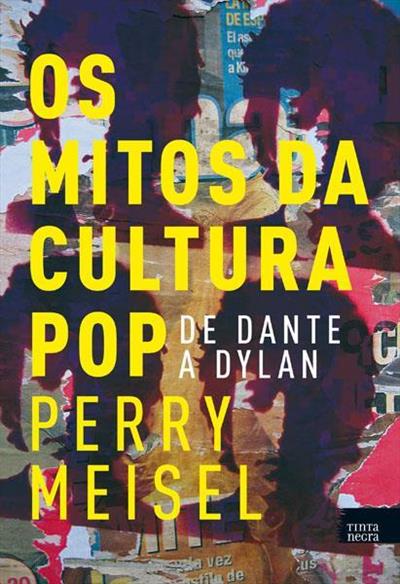Herbie Hancock's three-set Newport concert at City Center June 29 opened with the reunion of the sidemen from Miles Davis's legendary quintet of the 60s - Hancock on keyboards, Ron Carter on bass, Tony Williams on drums, and Wayne Shorter on tenor and soprano. If this isn't history enough, add the logical but last-minute alternative to the ailing Miles: Freddie Hubbard, veteran recording colleague of the Fab Four and prodigal (plus spurned) heir to Miles himself. Hubbard stood trial with the band relentless behind him and the watchdogs alert in front. It was a definitive test of whether he'd really fallen as precipitously as his current crossover discs suggest. But Hubbard succeeded in blowing the house out with cocky passions and extended lyrical precisions reminiscent of his rise during the Slugs era, thereby reaffirming his pre-eminence among trumpeters of his own generation for the first time in five years. He repeated the same feat later that evening with Art Blakey, and again at the Midnight Jam two days afterward.
Carter and Williams were the most entrancing actors in the 50-minute affair - is there a better rhythm section in the history of jazz? - plotting dense rhythmic patterns across a field of collective classics including Hancock's "Maiden Voyage" (asserting at the start of the concert the band's identity as a unit independent of Miles), Shorter's "Nefertiti" (complete with Miles's arrangement), and Hubbard's "Red Clay" (defunkified for the occasion). Hancock himself, though, was surprisingly restrained in comparison to the joyous exertions of his colleagues, a little tight in the chops and perhaps a bit preoccupied by the impending demands of leading two more bands later in the evening.
The subsequent sets turned out to be grievous disappointments, all the drier and more boring next to the wonders of what had come before Hancock's arty sextet sagged in spite of Buster Williams and Billy Hart's diligent cunning in the rhythm section, while Hancock effaced himself once again, this time behind the lackluster soloing of Bennie Maupin on flutes and bass clarinet, Julian Priester on trombone, and Dr. Eddie Henderson on trumpet and fluegelhorn.
Hancock's Headhunters were an even greater letdown when they tried to climax the night with a snoring set of mockrock. Next to Hancock's controlled and textured funkathon LPs (my favorite is "Thrust"), the live band was simply a concatenation of thoughtless and hyped solos (Maupin and guitarist Wah-Wah Watson respectively), extended between riff choruses uninformed by drama or even audacity.
It's too easy, though, to dismiss crossover by weeping and wailing over what we lost when Hancock and his old associates went their separate ways in the '70s (except for Carter and Hancock, all have courted disaster since their work together ended - witness Shorter's Weather Report, Williams's Lifetimes, and Hubbard's Columbia LPs). These are, after all, the strongest musicians of their generation, musicians wholly free of the sorrows of influence (boldly free in Shorter's case) and capable of their best playing only in the presence of jazzmen as powerful as themselves. The situation even conjures rock parallels - the lost chemistries of the Beatles and the original Butterfield band come easiest to mind. But despite the necessities of music at large, it would be nice if Hancock & Co. got together a little more often. When you're Representative Men, maybe you can tell history what to do.
Originally published in The Village Voice, July 12, 1976
Sample view:




